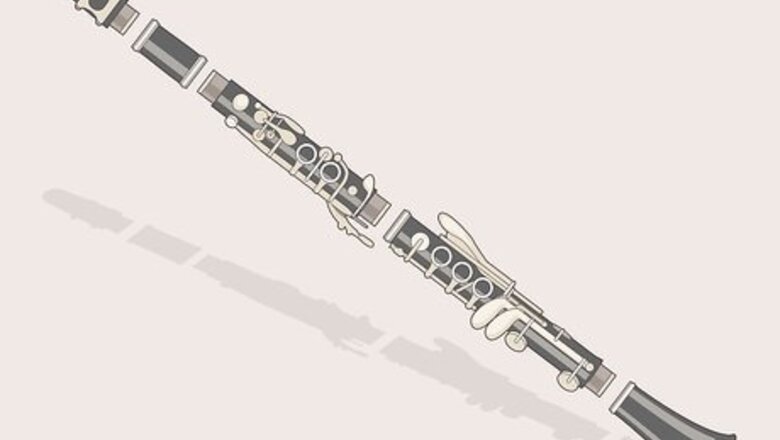
views
Drying the Clarinet after Use
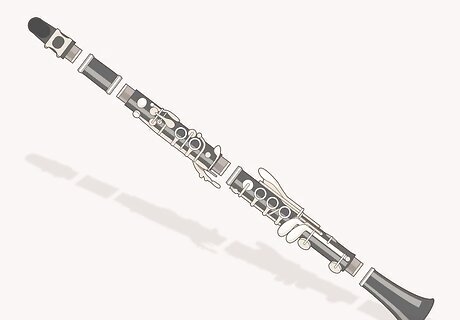
Disassemble the clarinet. Loosen the ligament. Remove the mouthpiece and the reed inside of it. Also undo the barrel joint that connects the mouthpiece to the joints that contain the keys. It’s a good idea to do this cleaning every time you play in order to remove moisture that can damage the clarinet. If you want, you can separate the lower joints in order to individually clean those parts of the instrument, but most of the time this isn’t necessary.
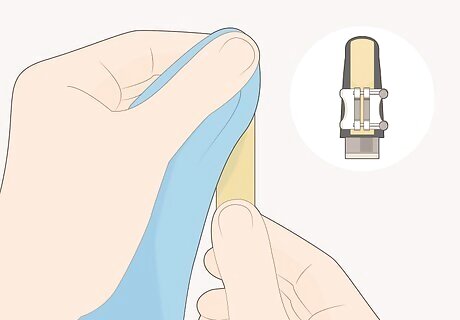
Wipe off the reed. When you play your clarinet, you leave saliva on the reed, which leaves behind food particles and creates a moist place for bacterial and fungal growth. After playing, take a soft cloth and use it to dry the reed before storing the reed in its case. Remember to wash your cloth on occasion. A dirty cloth will put germs and saliva back onto the reed.
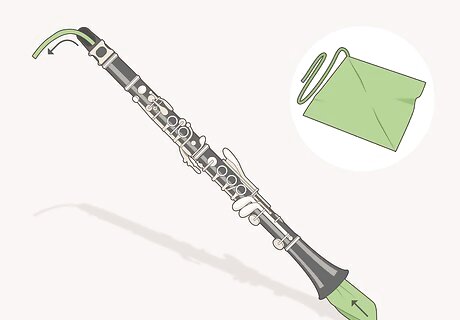
Swab the clarinet. Cleaning of the bell and joints can be done with a specialized swab on a string. Run the string through the bell and out the other end, then pull the swab through. Make sure the swab is spread out to reach as much of the instrument as possible. If you separated the clarinet’s joints from one another, you can swab them individually this same way. Specialized swabs can be bought online or at music supply stores.
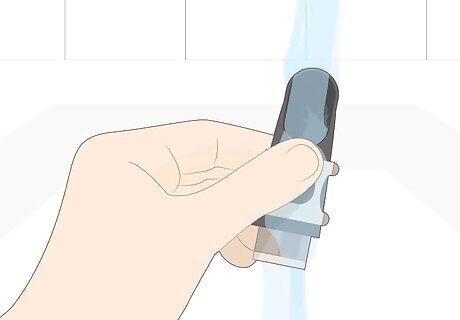
Rinse the mouthpiece. During your regular cleaning, you can put the mouthpiece under cold or warm running water to remove saliva and debris beginning to form. This will make later deep cleaning easier.
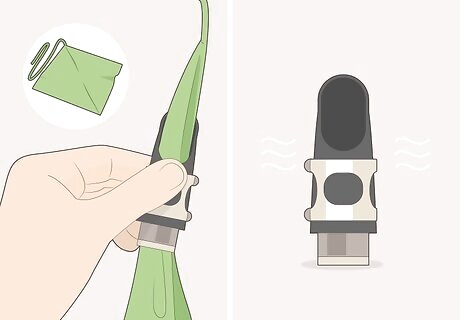
Dry the mouthpiece. Before you reassemble the clarinet or store the pieces, make sure the mouthpiece is dry. Use a swab on a string by running the string through the mouthpiece and pulling the swab through. Leave the mouthpiece out in the open to dry in air for several minutes to half an hour to ensure all moisture is gone.
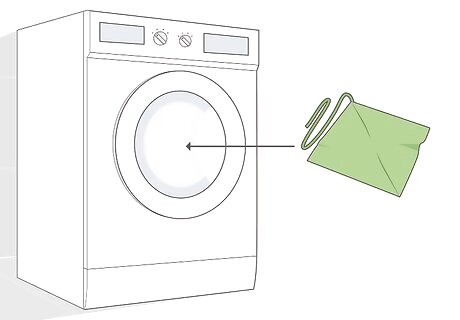
Wash the swab. Always use a clean swab on your instrument to avoid reintroducing moisture or harmful substances. Throw your swab in a washing machine with the rest of your clothing before you forget to clean it, then hang it so it can dry for the next use.
Preserving the Mouthpiece
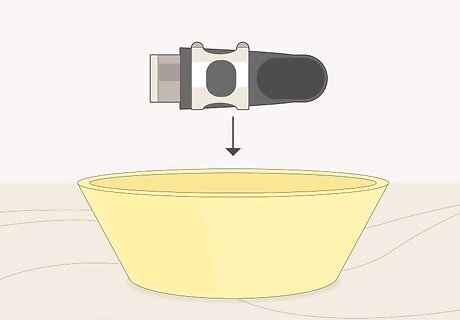
Choose a small container. The container needs to be big enough to house the mouthpiece and cover it in liquid. Place the mouthpiece tip down inside the container. The container itself can rest inside a sink. At least once a month but preferably once a week, deep clean the mouthpiece.
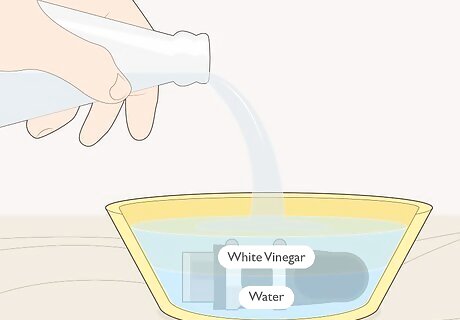
Fill the container. Use a solution of half water and half white vinegar or hydrogen peroxide. Either one will work to deeply clean the mouthpiece. These substances are not strong enough to damage the instrument. The water should be cool or warm, never hot. A typical dish soap is also capable of cleaning the mouthpiece in cool or warm water.
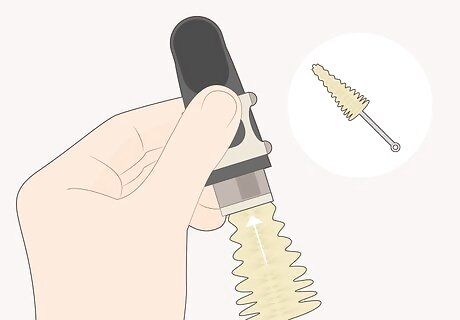
Brush off limescale. After the mouthpiece has soaked for several minutes, scrub it with a gentle brush to remove any buildup. Stores sell specialty mouthpiece brushes that won’t scratch your instrument. A baby toothbrush can also be used to remove limescale.
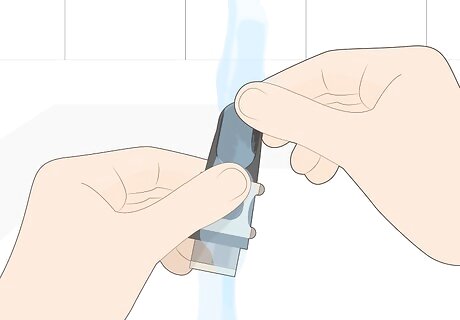
Rinse the mouthpiece. Put the mouthpiece under a faucet of cool or warm water. The water washes away the soap, vinegar, or hydrogen peroxide and helps remove any remaining limescale. Repeat previous steps for a mouthpiece that is still dirty.

Use sterisol. This isn’t required, but germicide ensures that all the bacteria is removed from the mouthpiece. Sterisol is regularly sold for instrument cleaning, but mouthwash can also be used. Soak the mouthpiece in a small container of the solution.
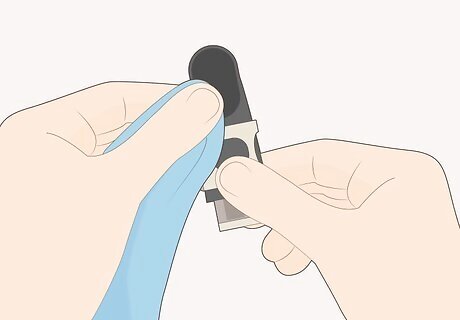
Wipe the mouthpiece dry. Use a paper towel or soft cloth to remove all moisture before reassembling the clarinet or storing the parts. Leftover moisture can damage the pads in the clarinet or create a breeding ground for bacteria inside your instrument case. You can leave the mouthpiece to dry on the paper towel or cloth to make sure all the moisture is gone.















Comments
0 comment